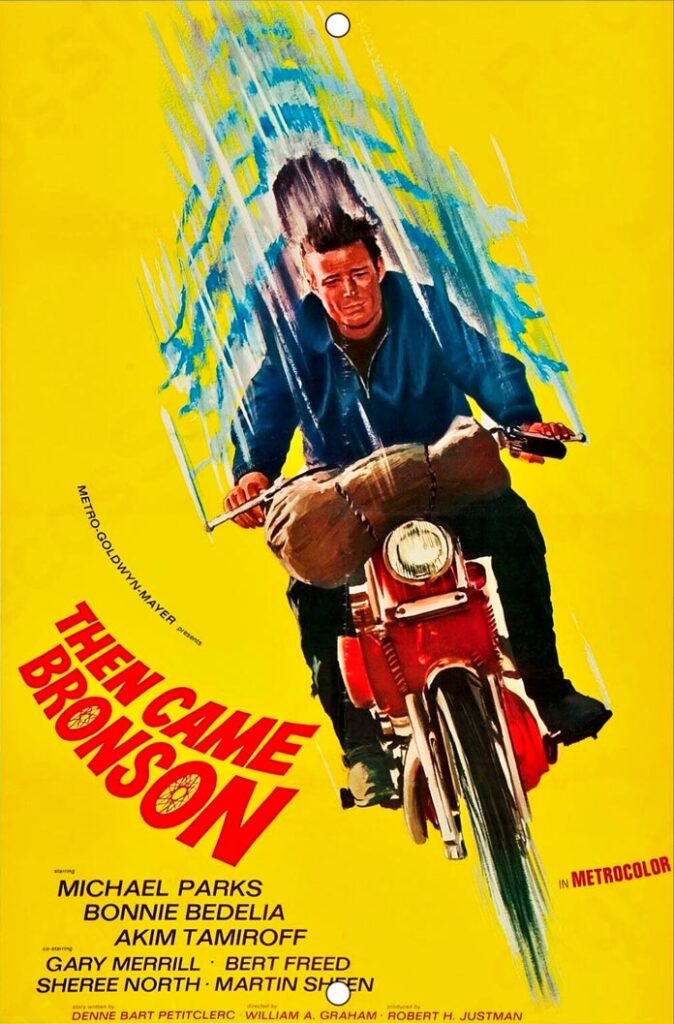 Source: American Rider –
Source: American Rider –
There have been far too few Hollywood projects that have shown a biker as a good guy, and Then Came Bronson was one of the few. It was first shown to American audiences as a television pilot in 1969, then aired on Wednesday nights on NBC for 26 episodes in 1969-70.

The adventure/drama television series starred Michael Parks, who portrayed James “Jim” Bronson, a disillusioned newspaper reporter who quit his job after his best pal (played by Martin Sheen) committed suicide. Bronson exited normal life and began riding his 1969 Harley-Davidson Ironhead XL Sportster around the country, taking odd jobs to pay for his travels and having adventures along the way.
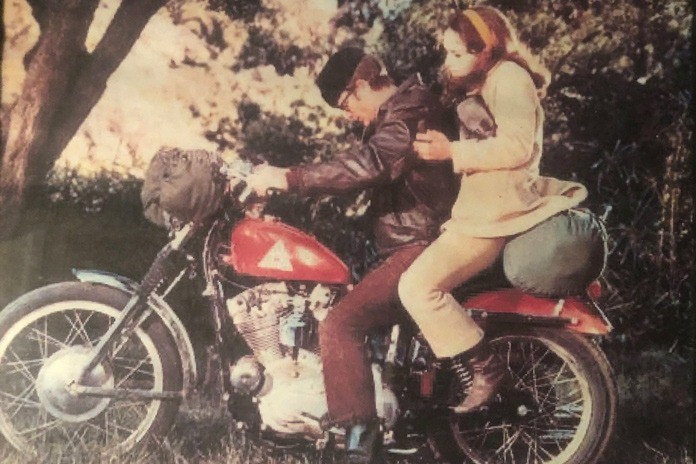
The intro of the show featured Jim Bronson on his Sportster next to a strait-laced man in a station wagon at a red light in heavy Los Angeles traffic. Bronson is asked if he’s going on a trip and where he’s heading, and Bronson replies, “I don’t know. Wherever I end up I guess.”

The citizen is envious of Bronson’s freedom and tells the biker that he wishes he was him. “Well, hang in there” is Bronson’s reply, which became the show’s tagline.
The producers had originally planned to put Bronson on a Triumph, but Triumph wasn’t willing to loan bikes to the studio. However, Harley-Davidson recognized the marketing value of having the star of a prime-time show riding one of their bikes every week, so they ponied up three Sportsters. They also provided a 250 Sprint for stunt work.
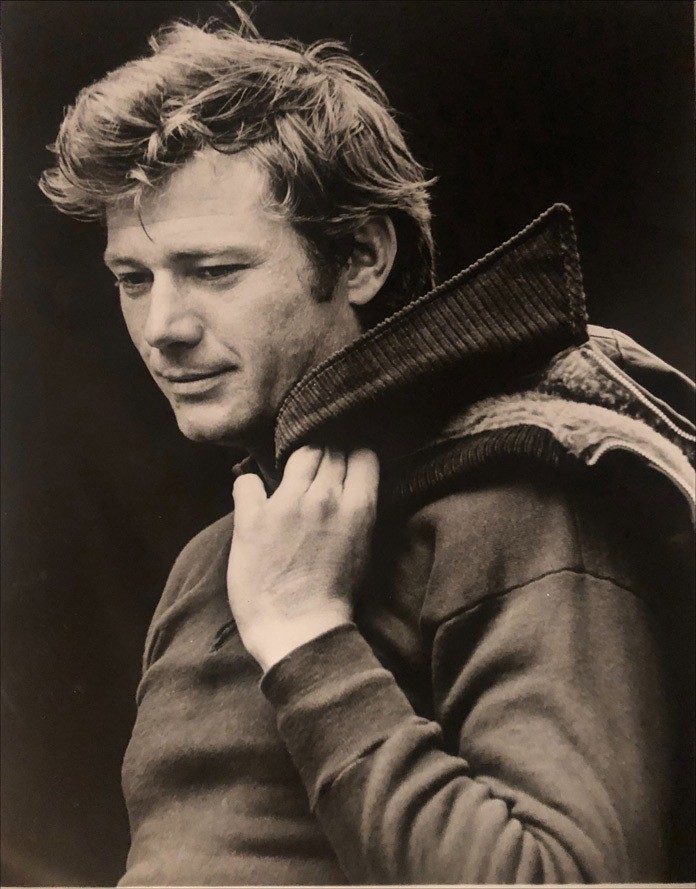
Among Bronson’s many adventures were off-road and hill-climb competitions, in which the legendary Bud Ekins performed the stunt work when the riding was technical. In some stunt scenes, the Sprint stood in for Bronson’s Harley XL.
Sadly, Then Came Bronson was unceremoniously canceled after just one season. Some say it was because of competition from Hawaii Five-O, which ran on CBS in the same time slot and syphoned off viewers.
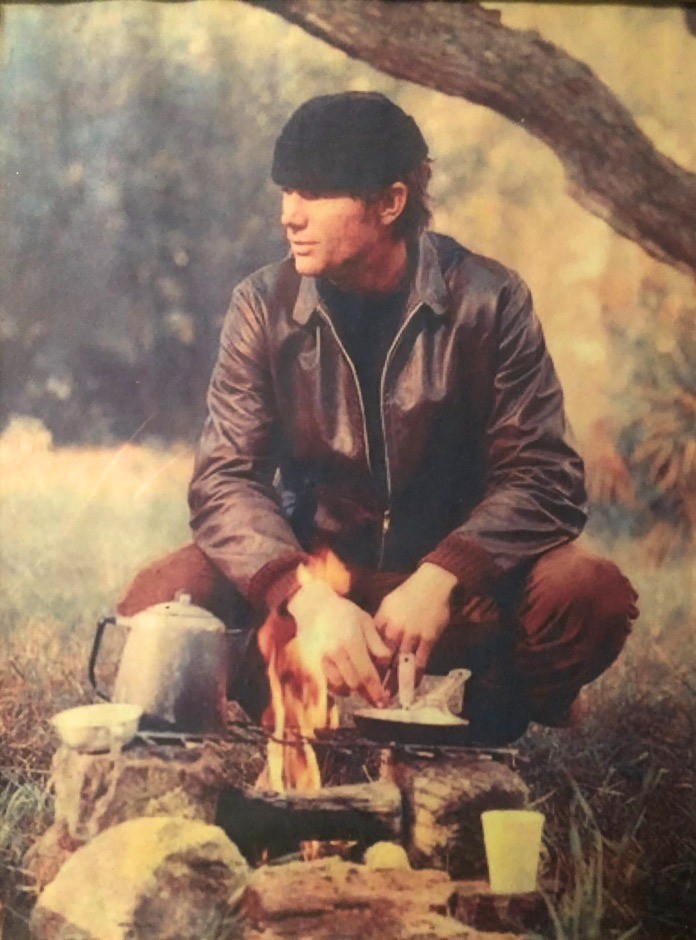
Others say that Michael Parks was difficult to work with and argued with producers about how his character should be portrayed. Parks felt that Bronson should be a pacifistic sort of biker who would spend time playing his guitar, singing, and philosophizing rather than getting into tough-guy brawls and getting involved in a new romance in every episode.
Related: “The Bikeriders” Movie Review
It’s been 54 years since Then Came Bronson first aired on NBC, and the program still has many devout fans. There are fan pages on the web and a club, whose members collect memorabilia from the show. Some of them build exact reproductions of Bronson’s iconic Sportster.

Prologue
The show was brought to fruition by Denne Bart Petitclerc, who got his inspiration for Jim Bronson from a larger-than-life California biker/journalist by the name of Birney Jarvis. The pair met when they worked together at the San Francisco Chronicle in the early 1960s. There probably wouldn’t have been a Then Came Bronson if not for Jarvis.
Jarvis was raised in San Anselmo, California, during the Great Depression, and he grew up without his father, who had skipped out on the family. This abandonment forced the family to survive on their own at a time when cash and employment opportunities were scarce.
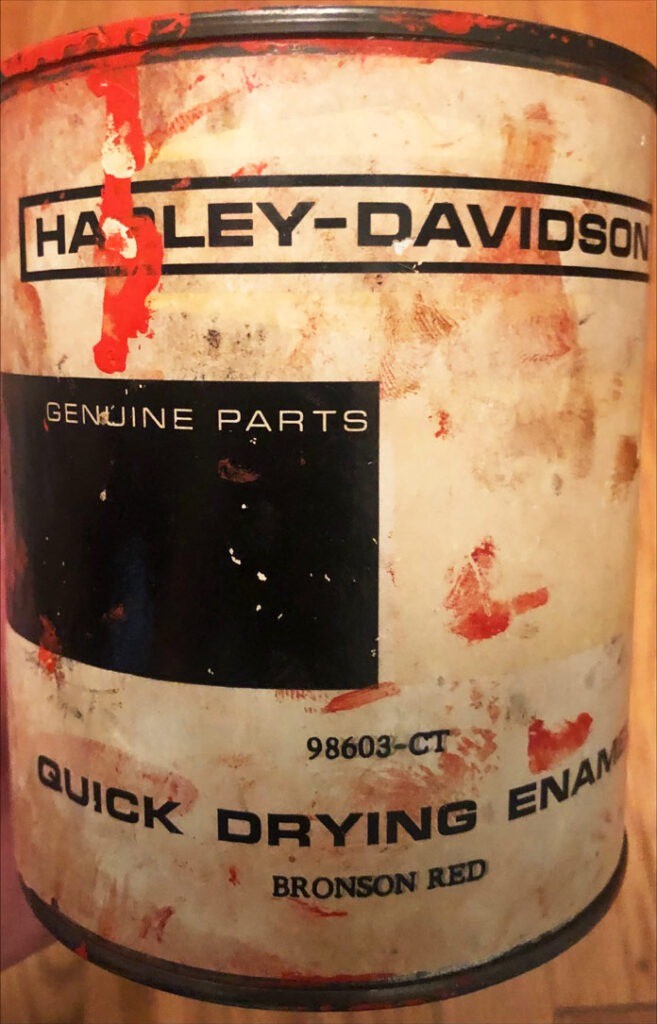
Jarvis forged his own path in various roles as a boxer, a sailor, and a karate instructor. He later became a founding member of the San Francisco chapter of the Hells Angels and rose to be the chapter’s vice president. He died in June of 2012.
New Insight
In 2019 at the AMA Vintage Motorcycle Days at Mid-Ohio, I ran into a group of friends who revere Then Came Bronson. They had an excellent exhibit set up, and I took notes as I interviewed some of the people involved while my wife took photos.

I ended up in divorce court shortly after that event, and my ex got custody of the photos. Without them, my notes were nearly worthless, so they eventually got tossed. Recently, however, I was fortunate enough to come back into contact with a Then Came Bronson Facebook group, and Bill Gibson graciously invited us to visit his place in Burtonsville, Maryland, to view his collection.
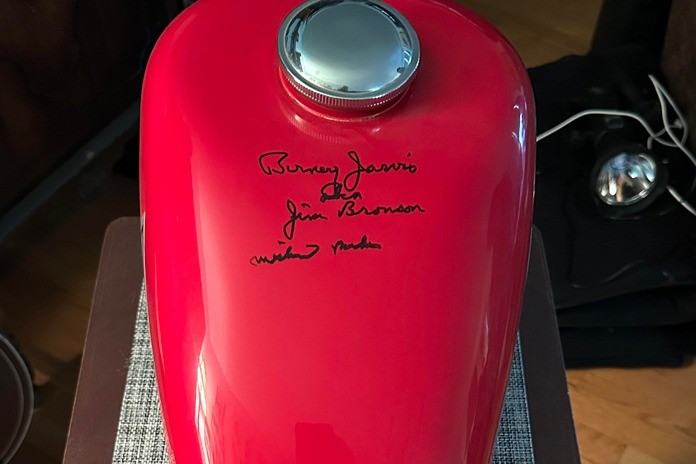
And what a collection it is: production movie stills from NBC, scripts from the show, film schedules, Bronson movie posters, Michael Park’s record albums, a Sportster tank autographed by both Parks and Jarvis, and 16mm reels of the show (purchased from Australia’s Armed Services Entertainment) fill up a large part of Gibson’s house. And there was plenty more to see in his garage.
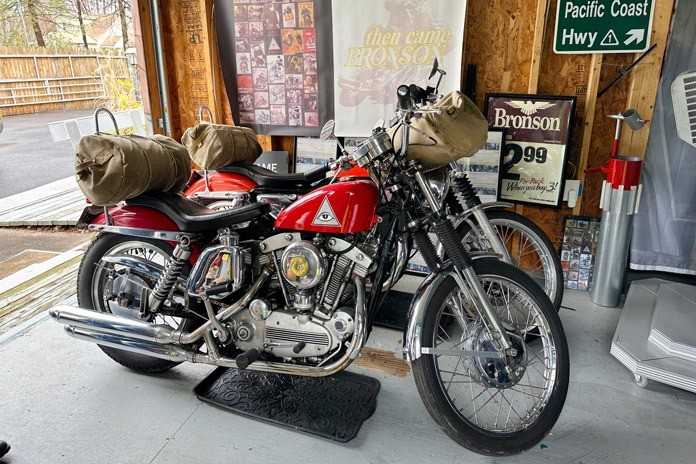
Gibson’s love for Then Came Bronson began when the series pilot aired in 1969, when he was a 14-year-old boy who rode a Honda 90. Every week, he and his motorcyclist father watched the program together. After that, the Honda 90 magically transformed into a Harley when Billy was riding it – at least in his teenage mind.
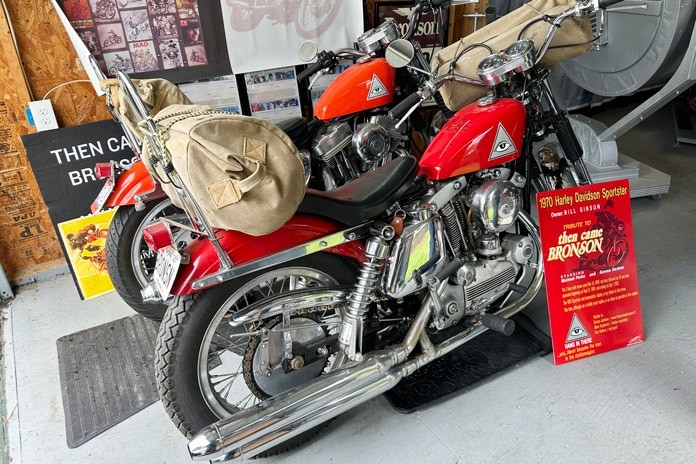
Many years later, in 2007, Gibson built a replica of Bronson’s Ironhead Sportster and began accumulating his vast collection of Then Came Bronson memorabilia. He figures he might have the largest collection of TCB paraphernalia in existence, rivaled only by his friend Greg Patnick. These guys are serious collectors.
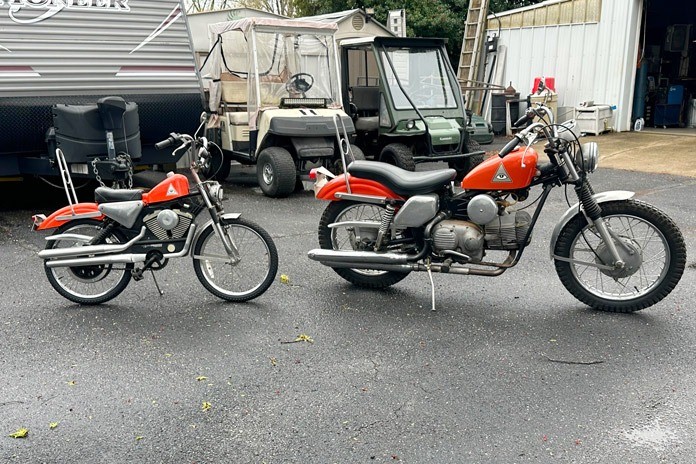
Gibson worked for the National Parks Service for 34 years and oversaw their metal crafts shop in D.C. In the middle of that career, he also ran his own business from 1984 to 2015 doing custom metal work on autos and motorcycles. He is a highly experienced and skilled fabricator of all things metal, so if there’s a part that can’t be easily found and purchased, Bill can manufacture it, and his fabrication work shows up on nearly all his toys.
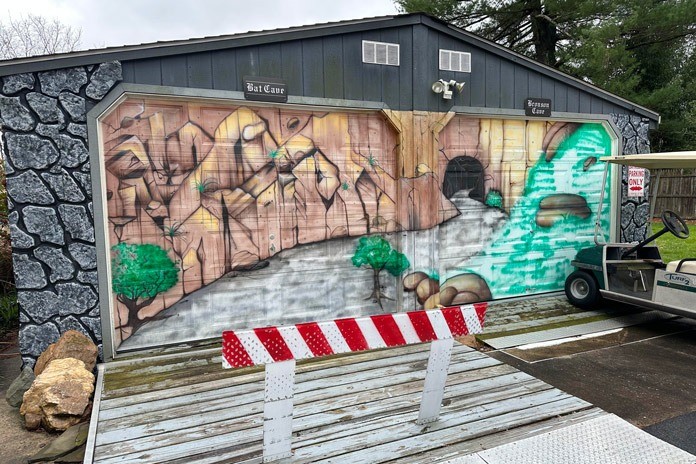
Those toys include a very realistic replica of the Batmobile in a section of his garage decorated to resemble the Batcave. He also turned a Yamaha 250 into a replica Bat Cycle, complete with a sidecar carrying a go-cart with an 80-kilowatt electric motor.
As for motorcycles, Gibson built a 1970 Ironhead Sportster that is nearly an exact replica of the bike Jim Bronson rode in the series. A 1994 Evo also resembles that bike except for the engine. Another replica is a 250 Harley Sprint, and he also has a cute little Harley bicycle painted like the Bronson bike.
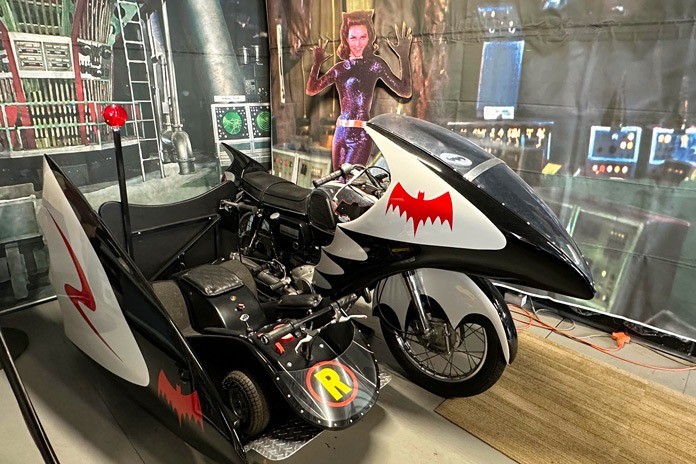
Gibson and his friends have displayed their replica Bronson bikes and other memorabilia at many well-known venues, including the Harley-Davidson Museum in Milwaukee, the AMA Museum in Pickerington, and at the now-defunct National Motorcycle Museum in Anamosa, Iowa.
As for the original three Sportsters that were used in the series, no one seems to know for sure what happened to them.

Actor Micheal Parks has said they were given to him, and he in turn gave them to members of the show’s crew, but they say that wasn’t the case. The studio had said they were repainted and added to the studio’s prop department. Lastly, Harley-Davidson stated that it got the bikes back, repainted them, and sold them as used motorcycles. There is no definitive proof which, if any, of those claims is true.
Bill Gibson’s collection isn’t usually available for public viewing. However, if you look him up on Facebook and ask nicely, he might let you have a peek. It was an eight-hour drive from my farm to Gibson’s residence, but I assure you it’s worth every mile of the trip.
The post Then Came Bronson: Hang in There! appeared first on American Rider.




